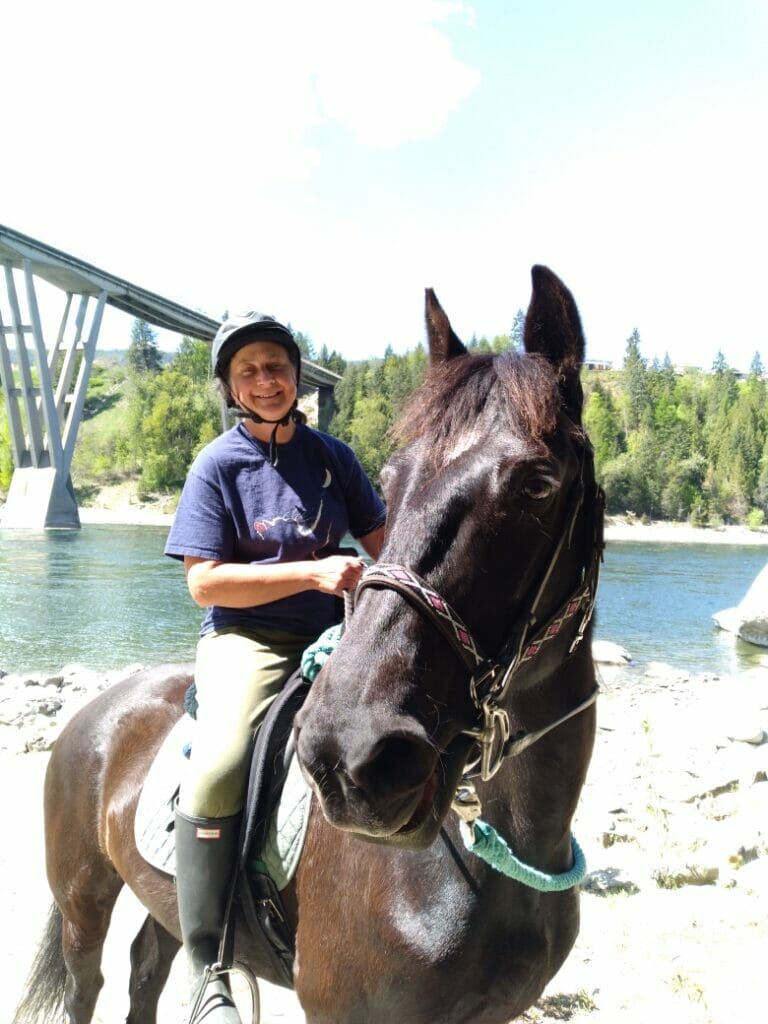Irene and I adopted Finn at the end of 2022. He was about 11 weeks old when we got him, born at the end of August (August 29). At the time he was about 6 or 7 kilos. His adoption was not really planned, but it worked out.
Today in February of 2024, Finn is close to 18 months old. He weighs almost 40 kilos and seems to have stopped getting bigger- thankfully! I still call him a ‘puppy’ even though he is fully grown,
Teenager attitude
Finn was a very good young puppy. But sometime around the age of ten months he started developing… attitude. What we observed was a tendency not listen and sometimes to outright disobey, which primarily manifested in a form of the ‘keep away’ game.
Keep-away in this context has many subtle variations but a number of common features. Staying just out of reach, bouncing and growling playfully, play bows and mouthing, batting at us with his paws- these are all part of his new-found behaviour. Frustrating, but I suppose we could have managed if not for those ‘play bites’ and the batting at us with his paws. That kind of behaviour is dangerous with a large dog in particular.
Some of his keep-away behaviour would be triggered by things we needed him to do. Things like having his harness put on, or dropping something like plastic that dogs aren’t supposed to eat, or having his nails trimmed.
Don’t catch cars…
The disobedience… well, that nearly got him killed. Finn decided to run away from Irene and chase a car while she was outside with him without a leash. Irene screamed at Finn to come back, but he (as per his recent behaviour) ignored her.
He ‘caught’ the car, or rather it caught him on its front bumper. Thankfully it was a ‘gentle’ hit: the car was going slowly and the driver was already reducing speed. Finn was knocked down and ran off into the woods. Finn finally came to our calls about 20 minutes later: he had a couple of small scrapes but otherwise seemed okay. After a $1000 vet visit Finn was given a clean bill of health: the scrapes were minor, and there was no internal injury.
This accident, though, raised our concern level about Finn’s ‘teenage’ behaviour.
Expert support
We got an in-home dog behavioural expert and trainer to ‘troubleshoot’ for us. Eight sessions with Amanda of In-tuition, who is great by the way, gave us a better understanding of Finn’s behaviours and provided us with some ‘tools’ to use to overcome his quirks.
Apparently, despite his seemingly easy-going nature, Finn is a sensitive dog with strong ‘opinions’. He develops bad behaviours extremely quickly based on seemingly small triggers. But he can also learn new behaviours quite fast given consistency and a lot of positive reinforcement. Using ‘displacement’ or new patterns is a big part of overcoming Finn’s misbehaviour.
For example: the ‘not coming when called’ was adapted to coming to a whistle, which has to be treated as primarily an ’emergency’ followed by extremely copious and fun treats. Finn’s tendency to play ‘keep away’ rather than drop or give back inappropriate items can be overcome with high-value treats and careful avoidance of ‘stealing’ things from him.
Growing up
Finn is far from ‘well-behaved’ even after the help Amanda gave us. I put this down primarily to Irene and I not being consistent enough. But some of his more egregious tendencies are now manageable.
He’s learned how to ‘trim’ his own claws by using a scratch board. Putting his harness on isn’t ‘fun’, but he is starting to accept that it is a mandatory requirement for going out, and is accompanied by treats.
Dropping things: well, we sort of messed that one up through over-use i.e. forcing him to drop things he really didn’t need to drop and not being generous enough with our rewards. But we know what we’ve done wrong, and have some strategies to use to cope with ‘actual’ emergency drops.
Finn is extremely good about some things. His crate training remains solid, mainly (I think) because I try to be absolutely consistent. Crating is never a punishment, and always well-rewarded. He is also generally pretty good about settling when over-excitement becomes a problem. We know how to distract and calm him.
Finn also does some things I’ve always wanted a big dog to do, like settle quietly at my feet or next to me. This isn’t something I’ve trained- it is just part of his nature. I think as he ages a bit his natural easy-going and calm nature will become more dominant.
In other words: I’m hopeful that we haven’t done anything to reenforce Finn’s teenage rebellion behaviours. He’s a good boy and, although I’m not really a ‘dog person’, I’m happy we have him.


All his “rebellion” behaviours are perfectly normal for a cat, of which he is surrounded by. He’s just trying to be one of the “cool kids” and not the “nerd” that “mom and dad” want 😉
You could be right, Chris 😉
However, he still doesn’t know how to ‘talk’ cat. He uses all his dog play behaviours on them, but hasn’t learned how to slow blink, purr, or the quiet and gentle head bump. Purring might be a challenge, but he could do the others…
Oh well- Finn has the important stuff down for a dog that needs to live ‘peacefully’ with cats. He doesn’t chase them and he generally respects their space. Although he is prone to following them around a bit, and his attempts at getting them to play with him are pretty comically out of tune with what the cats want- but he doesn’t harass them.